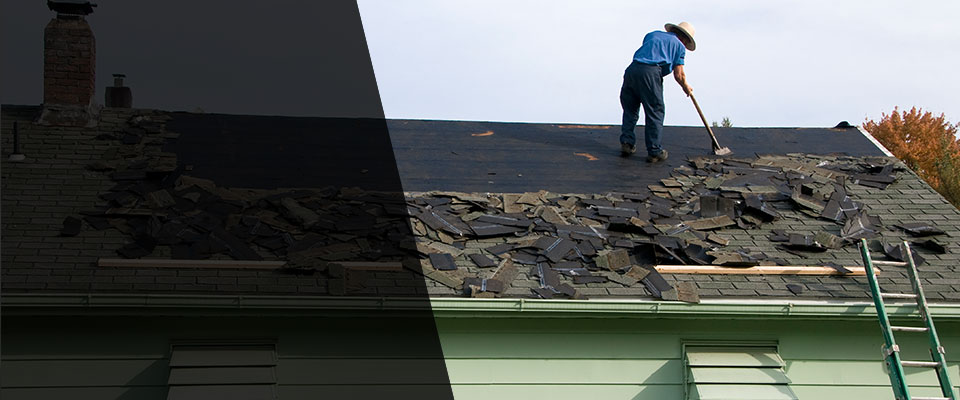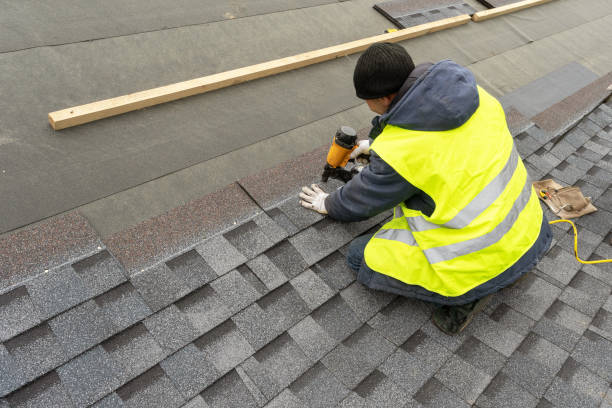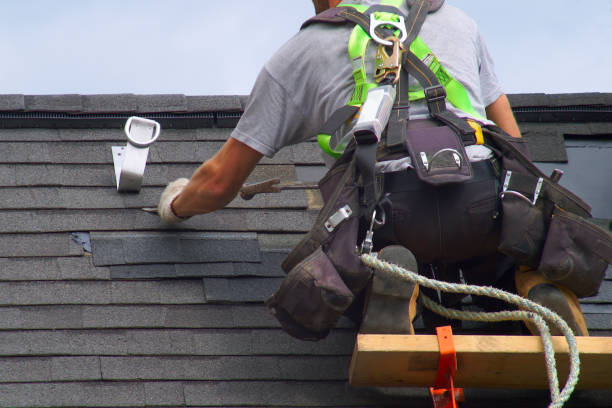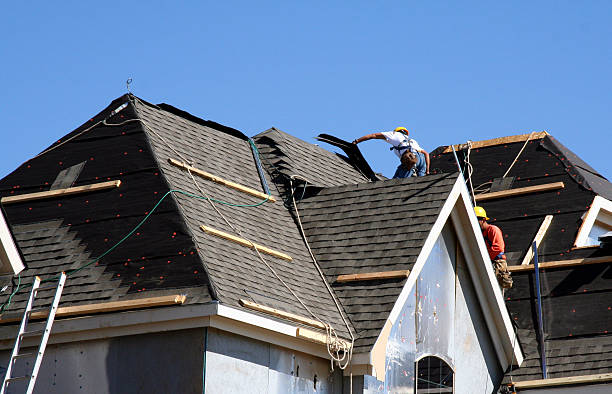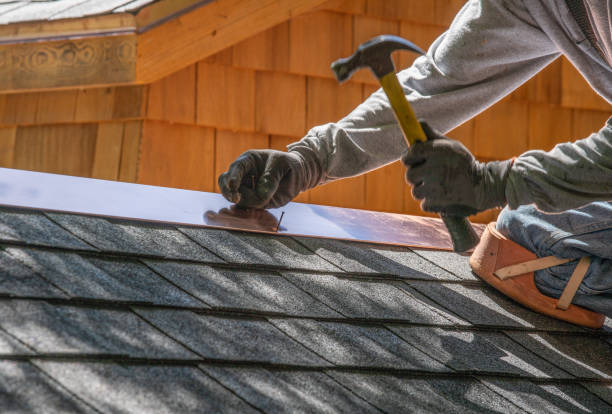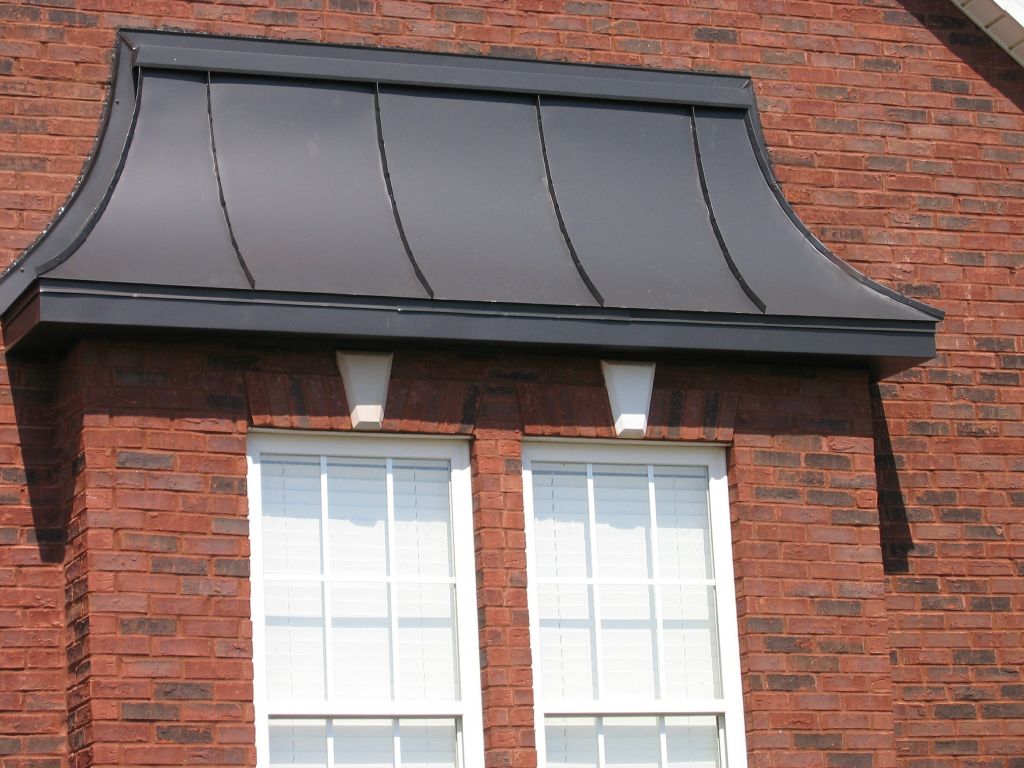Roof Leak Repair in Budd Lake, NJ 07828
Is your roof leaking?
Everybody desires and needs a safe and comfortable location to live. Numerous home repairs may be accomplished over the course of a weekend. However, there are some DIY fixes that should not be tried. A damaged, leaky roof is one of the most feared house repairs because finding and correcting a leak isn’t typically simple.
Stained or sagging sheetrock, flaking paint, or an obvious drip are all signs of a roof leak. Nevertheless, even a small undiscovered leak can trigger damaged insulation, mildew development, and decomposed wood structure. A leak can likewise move and spread from the initial damaged area to another part of your property.
Our Budd Lake Roof Repair and Replacement Contractors can provide fast service!
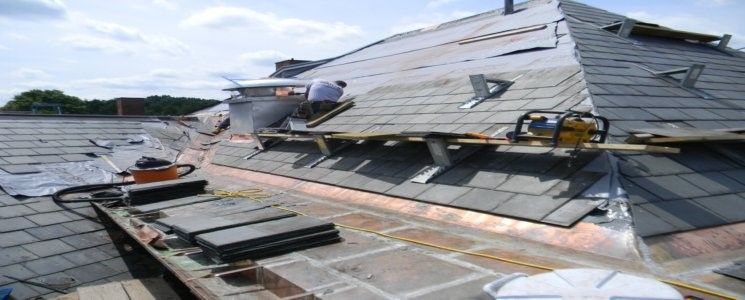
Contact Us Today to Repair a Leaking Roof at 888-347-0551
Most of roof leaks in Budd Lake, New Jersey are triggered by fairly common situations that damage your roof.
- Your roof will never ever have a bad day, yet aging is inescapable. All roofing materials are prone to harsh climate condition such as rainstorms, freeze/thaw cycles, high temperatures, and intense summer season sun, which might ultimately trigger premature aging, cracking, and curling of the shingles.
- Brick chimneys appear to be strong, however the mortar that holds the bricks together, in addition to the flashing and chimney crown, can be readily destroyed. Water might enter the attic through cracks, deterioration, and leaks.
- A leak can be easily caused by missing out on or broken shingles. Individual shingle replacement is generally not a significant issue, however failing to get it fixed may result in more broken shingles and more pricey repairs.
- The vents on your roof system include exposed fasteners that will fracture, weaken, and age gradually. This is a little repair, but it is a typical source of leakages because the majority of vents do not last the life of the roof.
- The pipes boot slips over a pipe to secure the pipe’s connection to the roof. The boot, like the vents and flashing, can be harmed, fracture, and stop working. The repair isn’t particularly hard, although damage can be quickly neglected.
- Storm damage, strong winds, and hail may all cause big and little holes. Some holes appear, but others may go undiscovered for years until an examination exposes them. Water can go into through even small holes triggered by misplaced roofing nails, the removal of an antenna or dish installing bracket, or impact-related cracks in roofing products.
- A complex, convoluted roofline may be rather enticing, but it is also harder to water resistant. Every joint, valley, and slope needs to be marked.
- Roof materials struggle to stand up to freeze-thaw cycles, along with ice and snow. Water may sneak into tiny spaces in between and under shingles when snow builds up, melts, and refreezes. Water swells and deepens the crack as it freezes. The weight of the snow and ice can also trigger flexing and sagging of the flashing and plywood foundation.
- Seamless gutters might pose troubles if they are not cleaned and fixed on a regular basis. Rainwater can back up behind a blockage and permeate through the shingles, damaging the wood underneath. Standing water can also cause damage to older seamless gutters.
- Skylights, like chimneys and pipe vents, have a few of the very same concerns. Aside from possible flashing damage, the rubber or vinyl seals around skylights may dry up and fracture; at this moment, the skylight should be replaced.
- Moisture can develop in your attic as a result of ventilation issues, and this can imitate a roof leak. In order to sufficiently leave warm air and wetness from your attic area, your roof must have enough intake and exhaust ventilation. This can result in wood rot, mold, and harmed insulation, and it has the prospective to be a really pricey repair.
The greatest protection against roof leaks is to schedule a yearly roof inspection and to act quickly if you suspect a leak.
Continue ReadingTrusted, dependable roof repair contractors on which homeowners can rely is also a priority. Our Roofing Contractors are dedicated to professionalism and excellent work. Please contact us right away if you need a roof repair contractor at 888-347-0551.
We can provide Emergency Roof Repair for all areas in Budd Lake including: Morris County, , Mount Olive and in Area Codes

